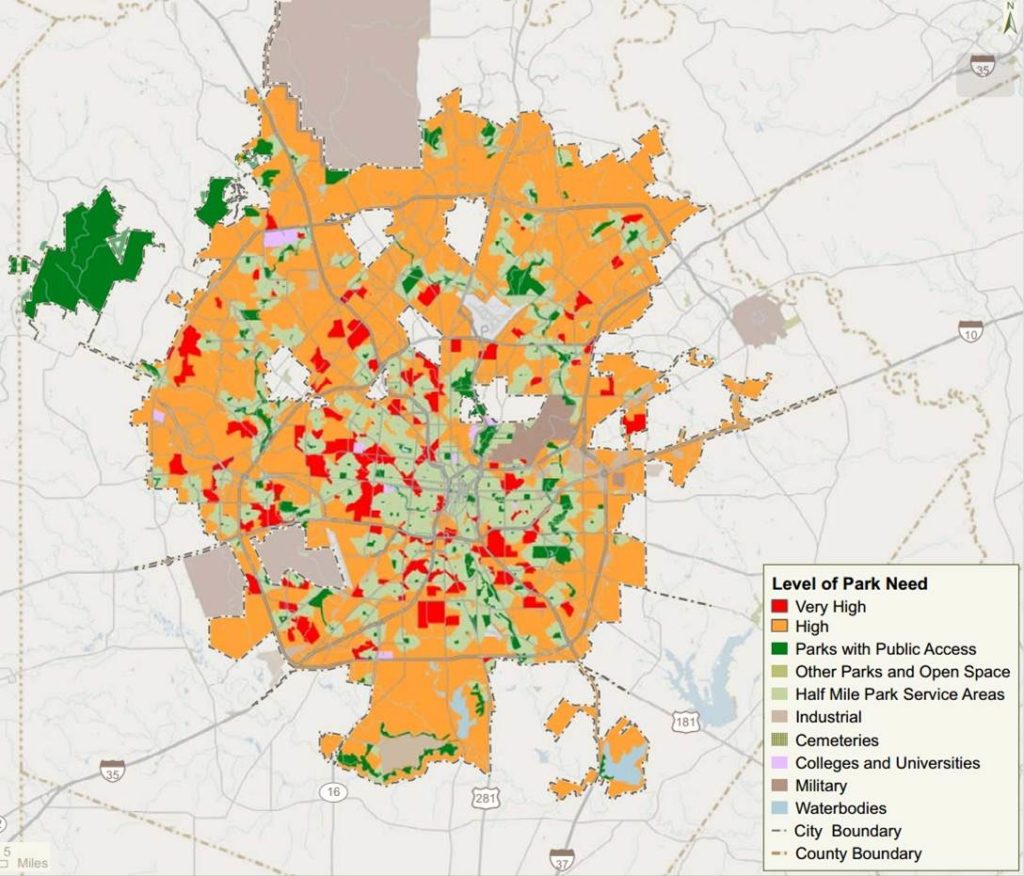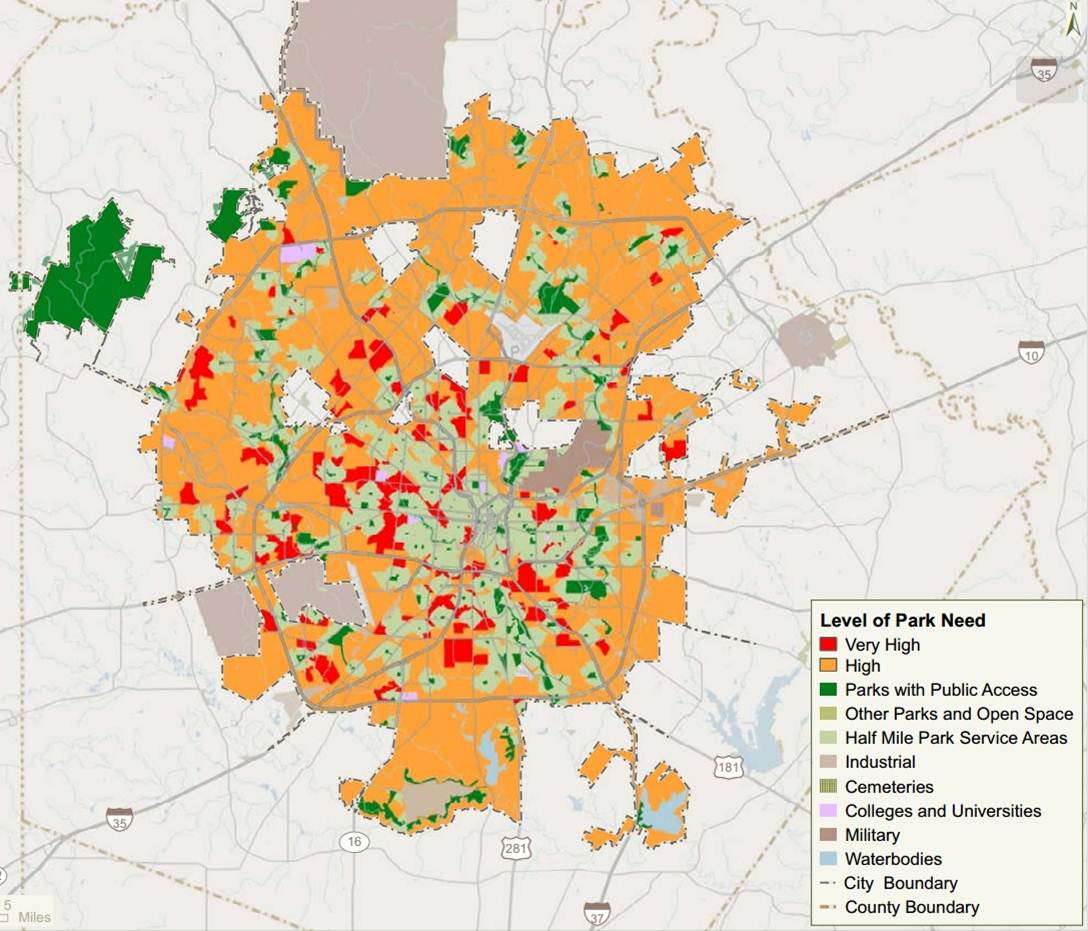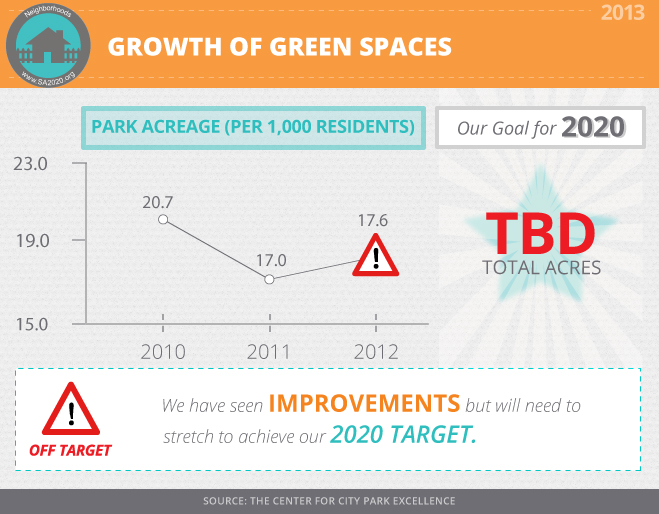 By Hannah Monroe, SA2020 Neighborhoods Liaison at SAHA
By Hannah Monroe, SA2020 Neighborhoods Liaison at SAHA
Post 8 | Series Archive
In this month’s blog I want to share some information about the Action Network working on the SA2020 goals for parks and green spaces in San Antonio. Action Networks are a key component of the way we as a community are collaborating to make progress on our goals, and are a cool way to understand collaboration in the context of Collective Impact.
What are action networks?
Action networks are multi-sector collaborative groups centered on a common topic and goal. That means that private businesses, nonprofits, and city departments all have representatives at the table. These representatives are focused on the same goal and contribute to it do that through their different areas of work. Action networks serve to get people talking that might not interact on a regular basis even though they are dedicated to the same topic. In the realm of SA2020, action networks (previously called work groups) meet on a regular basis to work toward the achievement of an SA2020 indicator (or indicators) and are committed to holding each other individually and organizationally accountable for its success.
Why have action networks?
Action networks promote moving the needle on some SA2020 indicators through policy and organizations. They allow companies, nonprofits, and city departments to form a plan to impact the SA2020 indicators. The theory behind these action networks comes from the idea of collective impact. In short, collective impact occurs when every sector contributes their piece of the puzzle to pursue a common goal. According to the SA2020 Dictionary, “collective impact initiatives involve a centralized infrastructure, a dedicated staff, and a structured process that leads to a common agenda, shared measurement, continuous communication, and mutually reinforcing activities.” These characteristics differentiate collective impact initiatives from typical collaboration.
Action networks are crucial parts of the SA2020 collective impact structure because they promote the structure process that leads to a common agenda, shared measurement (and goals), continuous communication, and mutually reinforcing activities. They facilitate communication between typically disconnected organizations and individuals and allow for comparisons of tactics to make sure that those organizations are supporting the common goal. Action networks are places of accountability and strategy formation centered around a shared agenda and a standard way to measure progress across the indicator(s).
Why parks and green spaces?
At this point you may be wondering, “Why am I learning all these academic terms and theory behind people working together?” Well, action networks impact the Neighborhood cause area specifically in the indicators associated with parks and green spaces.
In the data release last summer, SA2020 was tracking the progress of park acreage as a percent of city area and park acreage per 1,000 residents. These indicators demonstrate the common goal of improving park access in the city. The action network formed in late fall 2013 to address this common goal. These common park goals reflect the community vision of the Neighborhoods cause to create “a livable and vibrant community”. As outlined in the January Neighborhood Blog, parks are crucial to many aspects of life and development. Parks impact community revitalization, community engagement, economic development, safety, education, public health, arts and culture, and the environment. The goal of the Parks and Green Spaces action network is to improve accessibility to parks and open spaces that can positively impact their communities in these ways.



